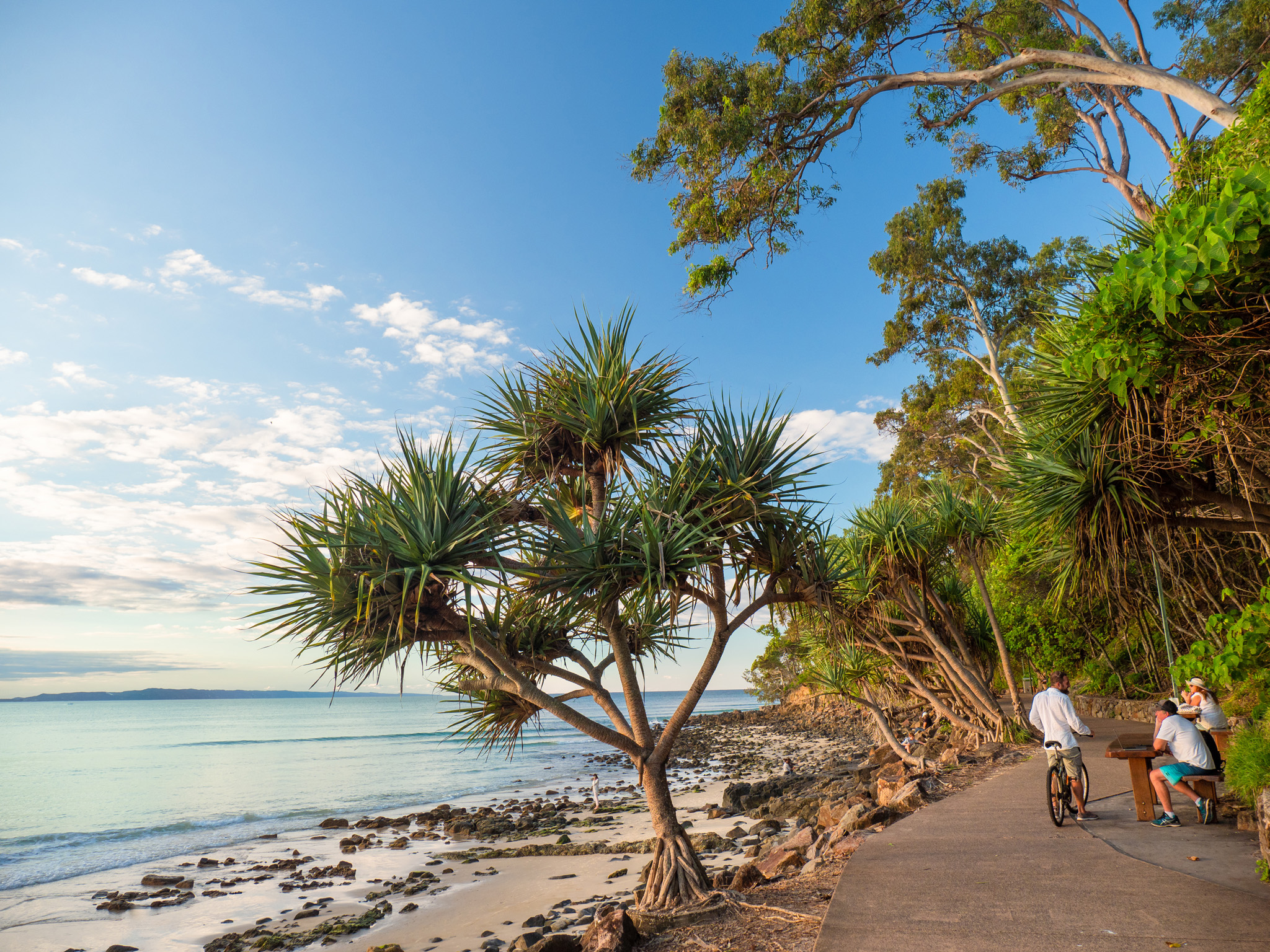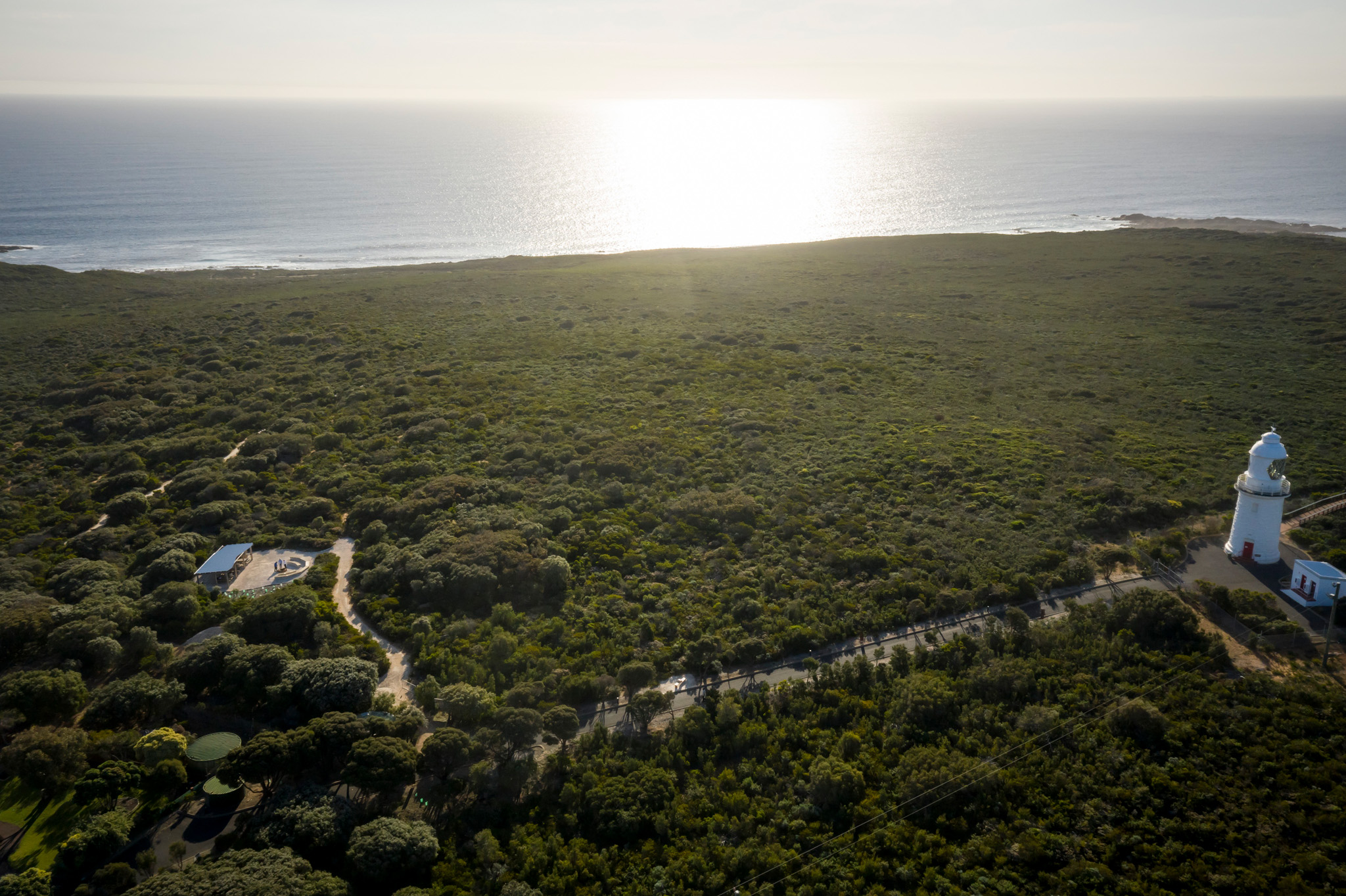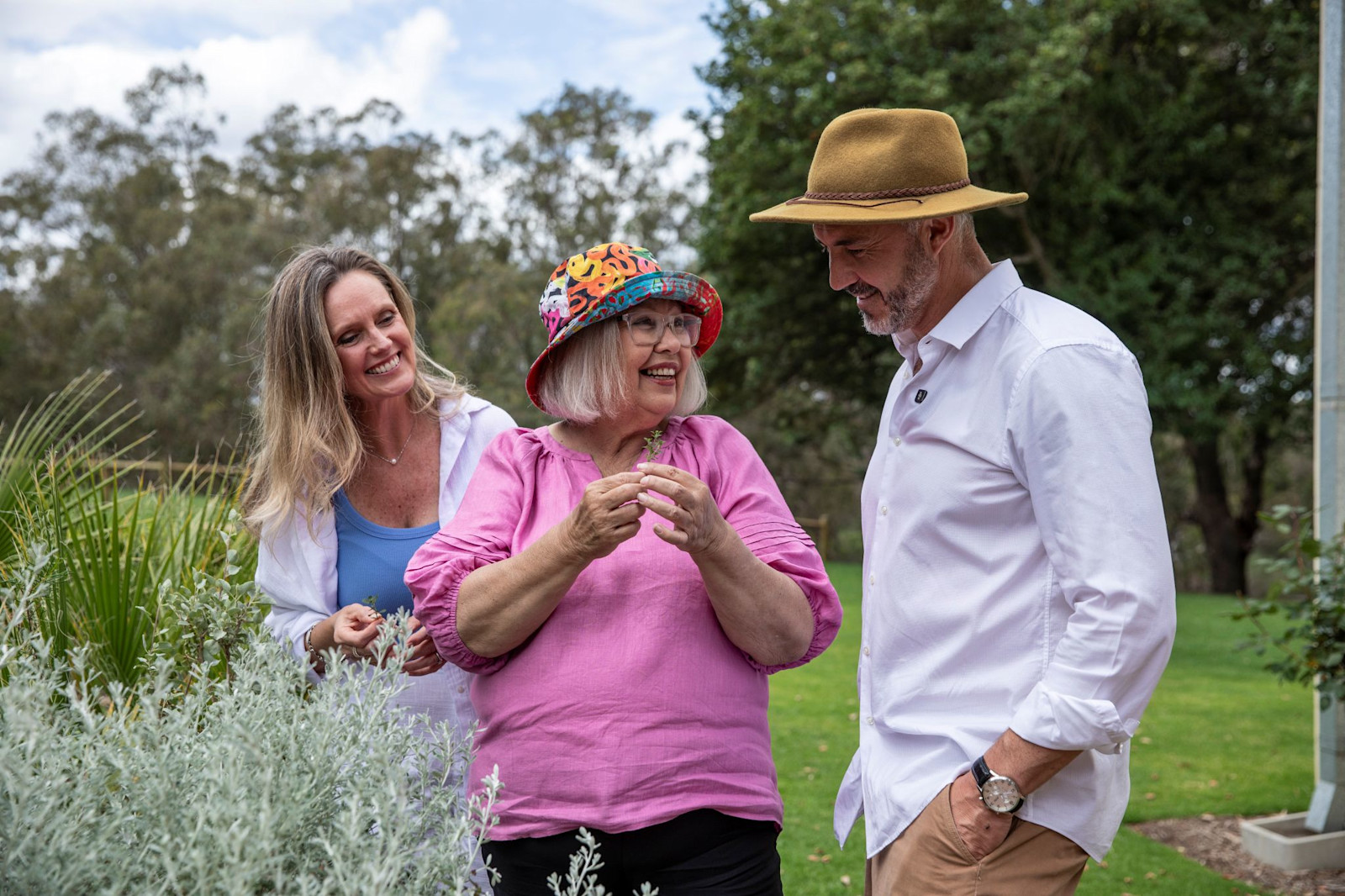Uncover the deep cultural significance of Aboriginal place names
For more than 65,000 years, Aboriginal place names have carried knowledge passed down through generations. They’re symbolic of the Indigenous relationships to, and appreciation for, the land and water.
Akin to a story map, Aboriginal place names link and identify natural resources and landmarks essential for safe navigation, hunting and foraging. They demonstrate a deep connection with Country, and an affinity for understanding Australia’s seasonal rhythms.
Take the eastern Sydney/Warrane suburb of Coogee, which means ‘place of bad smell’, a reference to the huge amounts of seaweed that would wash ashore. A sign to not linger, perhaps, though ill-heeded by beachgoers today. Then there is the northern Sydney/Warrane suburb of Berowra (thought to mean ‘a place of many winds’), whose name hints at the need to seek suitable shelter here, and also connotes the types of flora and fauna that might be expected. Meanwhile, Aboriginal communities arriving in the West Australian region of Cunderdin knew they would have a reliable source of food – its name is widely thought to mean ‘place of the bandicoot’ (small nocturnal marsupial).

Noosa Beach, Noosa, QLD © Tourism Australia
Restoring a sense of place
While many Australian destinations have always been known by names derived from Aboriginal language words – the Queensland Sunshine Coast town of Noosa, for example, is thought to have gained its name from a Gubbi Gubbi language word meaning ‘shady place’ – a growing number of Anglicised places have had their Aboriginal names officially restored. Among the first was the sacred Northern Territory monolith formerly known as Ayers Rock, which has been officially recognised as Uluru(or ‘great pebble’ to the Anangu) since 2002. In 2021, the spectacular Queensland sand island long known as Fraser Island had its name officially restored to K’gari (‘paradise’ in the Butchulla language).
Increasingly, road signs are also spreading awareness of Aboriginal place names around Australia, pointing you in the direction of Hobart/nipaluna in Tasmania/lutruwita or perhaps Kinjarling/Albany in Western Australia. You may have also spotted dual place names on the Discover Aboriginal Experiences and Tourism Australia websites.

Koomal Dreaming, Margaret River, WA © Walk into Luxury
More than just a name
The stories behind Aboriginal place names not only demonstrate Indigenous connection to Country, but will also deepen yours. Sign up to explore Western Australia’s Margaret River region with Koomal Dreaming, and you’ll learn that destination names ending with ‘up’ mean ‘place of’ in a dialect of the Noongar language. Yallingup sits on an extensive, wildly explorable cave network: its Noongar name, ‘place of caves’. Dwellingup means ‘place of nearby water’, while just north of Perth/Boorloo, Gidgegannup translates as ‘place of spears’ – this is where gidgie (spears) were made.
Water is a recurring theme in many place names, says Carleeta Thomas, a guide on the wukalina Walk that immerses walkers in Tasmania/lutruwita’s Bay of Fires/larapuna. There’s Legana, just north of Launceston, meaning ‘fresh water’ in the palawa language. Whyalla in South Australia: ‘a place of running water’ in the Barngarla tongue. And New South Wales’s Gundungurra and Narooma –‘place of water falling over a hill’ and ‘clear blue waters’, respectively. Take the country’s Indigenous pulse through its place names, and you’ll never go thirsty exploring Australia.
Indeed, investing the time to understand the land whose named significance has endured for countless generations before our own, satisfies in ways deeper still.
Find out more here.












